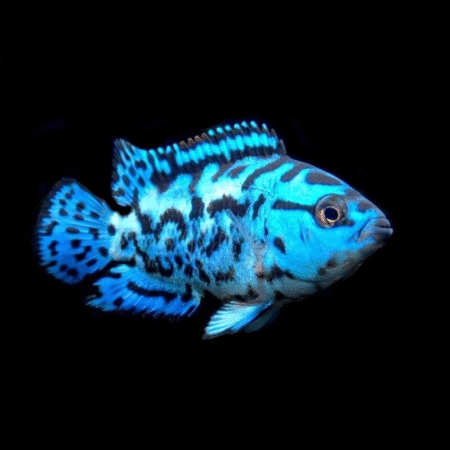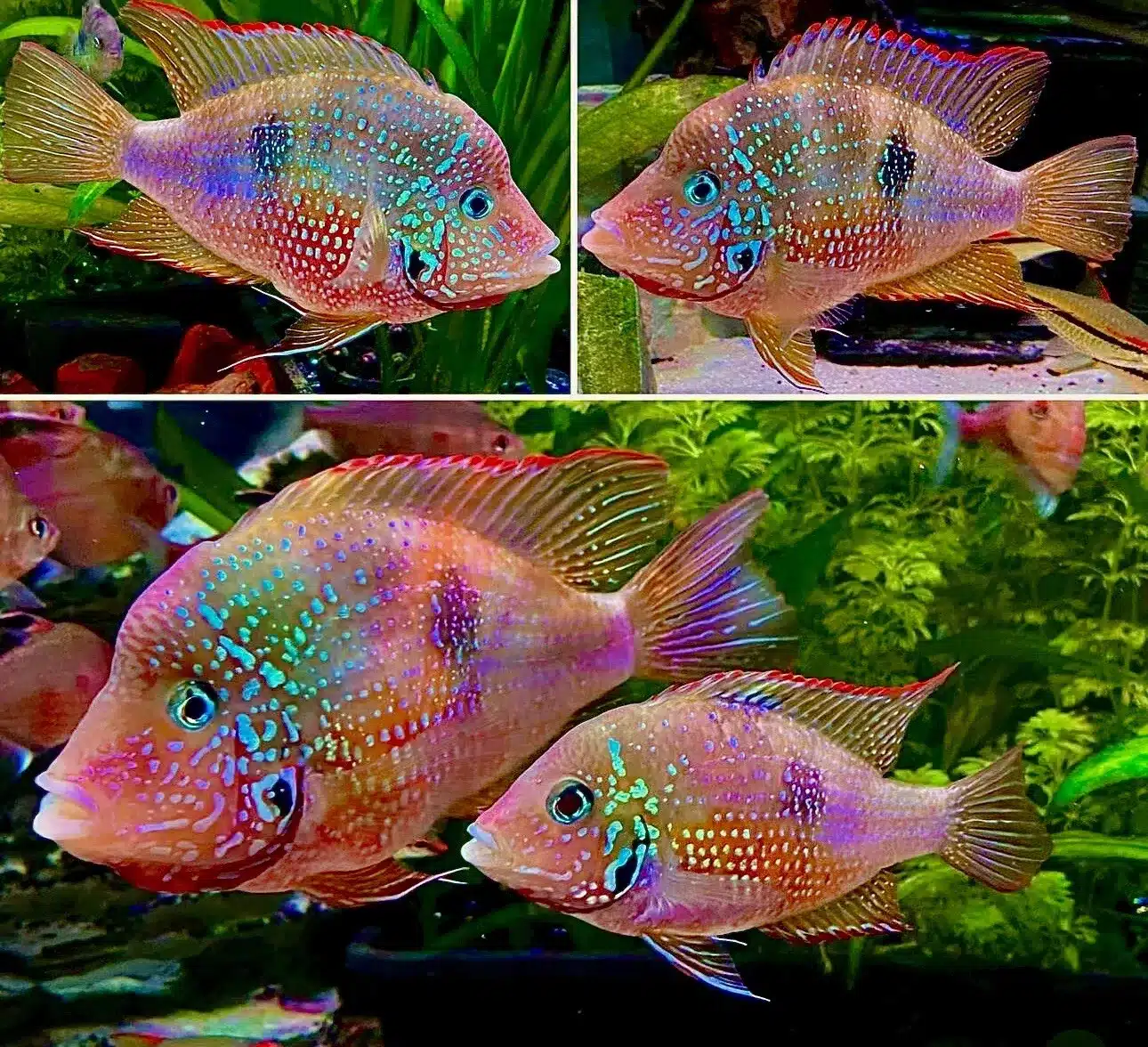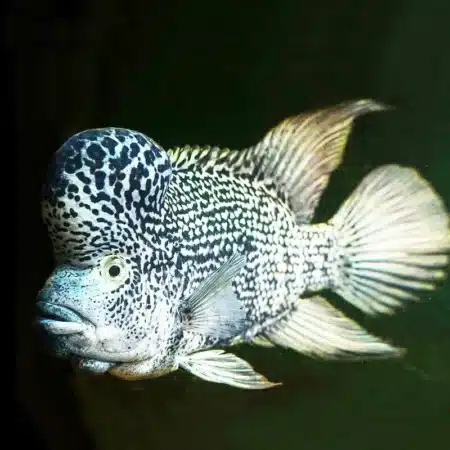To provide the best experiences, we use technologies like cookies to store and/or access device information. Consenting to these technologies will allow us to process data such as browsing behaviour or unique IDs on this site. Not consenting or withdrawing consent, may adversely affect certain features and functions.
The technical storage or access is strictly necessary for the legitimate purpose of enabling the use of a specific service explicitly requested by the subscriber or user, or for the sole purpose of carrying out the transmission of a communication over an electronic communications network.
The technical storage or access is necessary for the legitimate purpose of storing preferences that are not requested by the subscriber or user.
The technical storage or access that is used exclusively for statistical purposes.
The technical storage or access that is used exclusively for anonymous statistical purposes. Without a subpoena, voluntary compliance on the part of your Internet Service Provider, or additional records from a third party, information stored or retrieved for this purpose alone cannot usually be used to identify you.
The technical storage or access is required to create user profiles to send advertising, or to track the user on a website or across several websites for similar marketing purposes.




















Emily Carter (verified owner) –
I recently purchased two Thorichthys Maculipinnis, and I couldn’t be happier with my choice! These Elliot’s Cichlids, measuring around 3-5 cm, have brought so much joy to my aquarium. Their vibrant colors and unique personalities are truly captivating. I’ve had them for about a month now, and I’ve noticed them exploring their environment and interacting with my other fish, which is a great sign of their health and happiness.
Compared to other cichlids I’ve kept, these little guys are surprisingly peaceful, making them perfect for a community tank. They’ve settled in beautifully, and I appreciate how active they are without being overly aggressive. The only minor concern was that they were a bit shy initially, but with a little patience and some hiding spots in the tank, they quickly adapted.
I highly recommend these freshwater fish for both seasoned aquarists and beginners looking to add some vibrant life to their tanks. Just ensure you have a well-planted environment for them to thrive! I will definitely be purchasing more as my aquarium expands.
Lisa Green (verified owner) –
I recently purchased a pair of Thorichthys Maculipinnis, and I couldn’t be happier with them! These cichlids are around 3-5 cm and have quickly become the stars of my peaceful community aquarium. I’ve had them for about two weeks now, and their vibrant colors and playful nature have brought such joy to my setup. They swim around the aquatic plants, exploring their environment and interacting with my other fish. I’ve noticed that they are quite curious and social, which adds a delightful dynamic to the tank!
Compared to some other cichlids I’ve kept, these guys are much more suited to a community setting and get along well with my other fish. They do love to establish their territories, but I’ve found that adding plenty of hiding spots with aquatic plants really helps create a harmonious environment. The shipping was incredibly fast, and they arrived in perfect health!
I highly recommend Elliott’s Cichlids for anyone looking to enhance their community aquarium. They’re not just beautiful but also quite hardy and adaptable. Just make sure to provide them with a well-planted tank to thrive! I’ll definitely be buying more in the future!